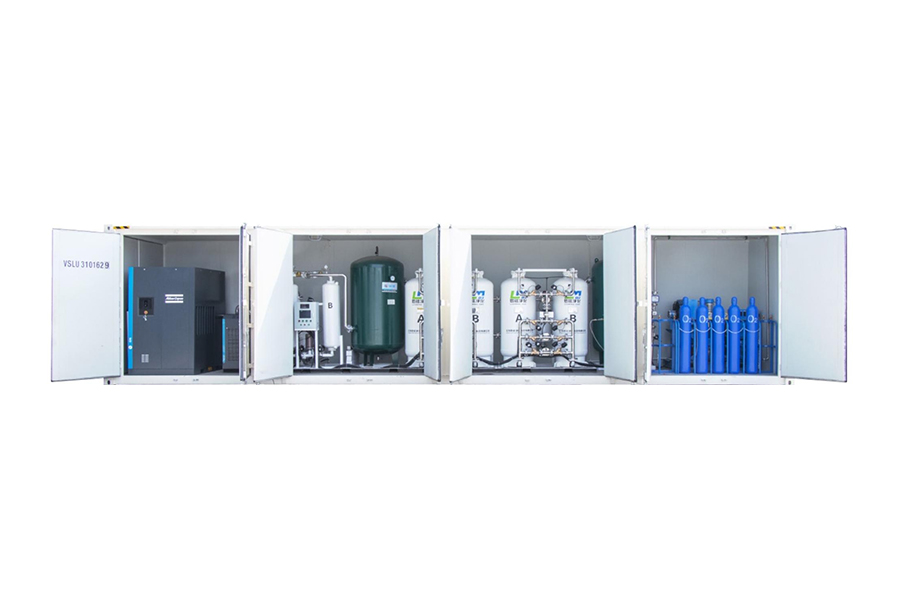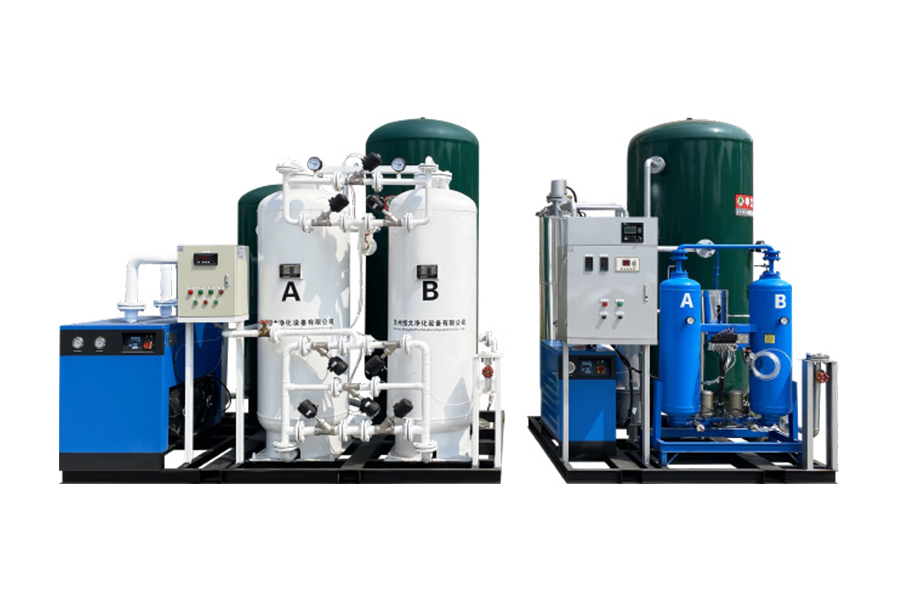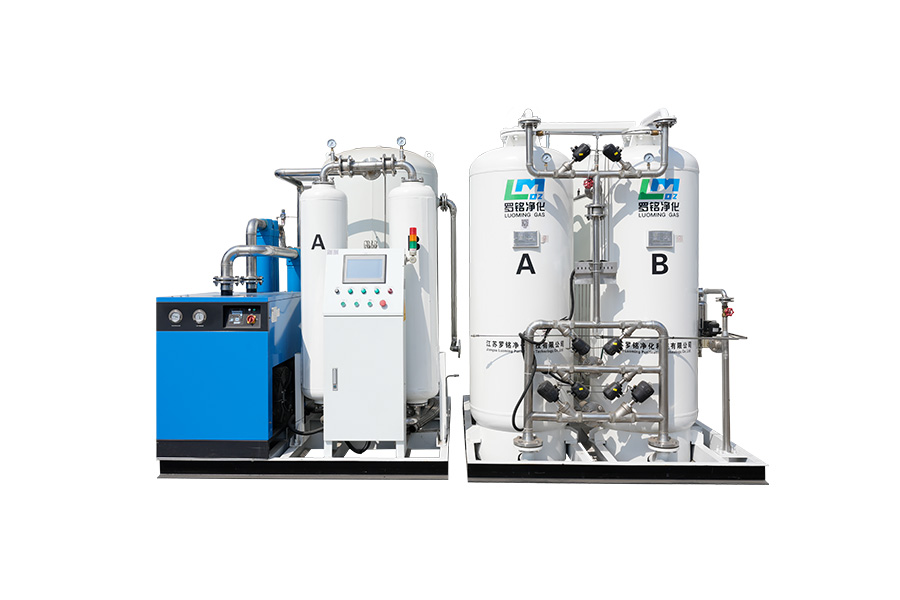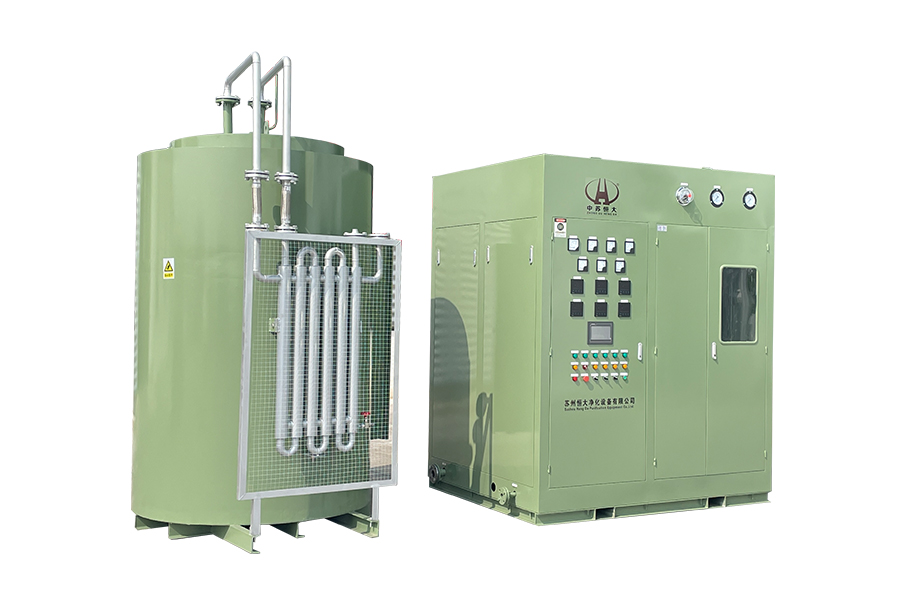Medical oxygen generators are widely used to provide a continuous supply of oxygen for patients who require respiratory support. These devices are critical in hospitals, clinics, and home care settings, allowing patients to receive supplemental oxygen without relying solely on cylinders. Understanding the environmental conditions in which these generators can operate is important for ensuring safe and efficient oxygen delivery. One common concern is whether a medical oxygen generator can function effectively in high humidity or dusty environments.
Understanding Medical Oxygen Generators
A medical oxygen generator is a device designed to extract oxygen from ambient air. The most common type, known as a pressure swing adsorption generator, uses molecular sieves to separate oxygen from nitrogen. This allows the generator to deliver concentrated oxygen to patients as needed. Other types of generators, including membrane oxygen concentrators, rely on specialized membranes to separate oxygen from air.
Regardless of the type, all medical oxygen generators require clean and stable environmental conditions to function efficiently. Factors such as temperature, humidity, dust, and air quality can directly impact the performance, maintenance requirements, and longevity of the device.
Effects of High Humidity
Humidity refers to the amount of water vapor present in the air. High humidity can present several challenges for medical oxygen generators:
-
Moisture Accumulation: When humidity levels are high, moisture can accumulate inside the generator. This can affect the molecular sieve materials in pressure swing adsorption generators. Excess moisture may reduce the efficiency of oxygen separation, leading to lower oxygen concentration output.
-
Corrosion Risk: High humidity can promote corrosion of metal components inside the generator. This includes internal tubing, valves, and compressors. Corrosion can shorten the lifespan of the device and increase maintenance needs.
-
Electrical Component Issues: Moisture can affect electrical circuits and sensors. If water condenses on sensitive electronic components, it may trigger faults or malfunctions.
-
Filter Saturation: Many generators include filters to remove dust and particles from the incoming air. High humidity can cause these filters to become damp, reducing airflow and efficiency.
Despite these challenges, most medical oxygen generators are designed to operate within a specified range of humidity, usually between 20 and 80 percent relative humidity. Operating the device outside this range may require additional measures, such as dehumidifiers or environmental controls, to protect the equipment.
Effects of Dusty Environments
Dust and particulate matter in the air can also impact the performance of oxygen generators:
-
Filter Clogging: Dust can accumulate in pre-filters, which are designed to protect the internal components of the generator. Over time, this can restrict airflow and reduce oxygen output. Regular filter maintenance is critical in dusty environments.
-
Molecular Sieve Contamination: In pressure swing adsorption generators, dust can enter the molecular sieve chamber. Contamination of the sieves can reduce their efficiency, leading to lower oxygen purity and potentially requiring replacement of sieve material.
-
Mechanical Wear: Dust can cause increased wear on moving parts such as compressors and valves. This may result in more frequent servicing and a shorter operational lifespan.
-
Air Quality Considerations: Medical oxygen generators deliver oxygen that patients breathe directly. Dust entering the device may compromise the cleanliness of the air, which is particularly concerning for patients with respiratory conditions.
To mitigate the effects of dust, generators used in dusty environments often require additional protective measures, such as high-efficiency filters or controlled air intake systems. Ensuring a clean environment or using protective enclosures can also help maintain reliable performance.

Recommended Operating Conditions
Manufacturers typically provide recommended operating conditions for medical oxygen generators, including temperature, humidity, and air quality limits. It is important to adhere to these specifications to ensure safe operation. Key recommendations include:
- Keeping the generator in a well-ventilated area with minimal dust.
- Avoiding direct exposure to water, rain, or high condensation areas.
- Using air filters and regularly replacing them to prevent dust buildup.
- Maintaining a stable room temperature and relative humidity within the device’s specified range.
In environments where conditions are outside the recommended limits, additional precautions may be necessary. For example, using a generator in a tropical climate with high humidity may require an air-conditioned room or dehumidifier. In a construction or industrial setting with dust, a protective enclosure or frequent filter cleaning may be needed.
Maintenance Considerations
Operating a medical oxygen generator in high humidity or dusty environments increases the importance of regular maintenance. Key maintenance practices include:
-
Filter Replacement: Regular inspection and replacement of air intake and pre-filters are essential to prevent clogging and contamination. Filters may need to be changed more frequently in dusty or humid conditions.
-
Compressor Checks: Compressors should be inspected for moisture or dust accumulation. Lubrication and cleaning may be required to prevent mechanical issues.
-
Sieve Material Inspection: In pressure swing adsorption generators, molecular sieve materials should be checked periodically. Moisture or dust contamination may necessitate replacement.
-
Cleaning and Environment Control: Keeping the generator’s surroundings clean and dry reduces the risk of damage. Using covers or controlled environments can help protect sensitive components.
-
Performance Testing: Regular testing of oxygen concentration and output ensures that the generator continues to provide safe and reliable oxygen levels. High humidity or dust may necessitate more frequent performance checks.
Practical Recommendations for Users
For healthcare providers and home users considering the use of a medical oxygen generator in challenging environments, practical recommendations include:
-
Select Appropriate Equipment: Choose a generator designed to tolerate the expected humidity and dust levels. Some devices are built for harsher conditions and may include additional protective features.
-
Monitor Environmental Conditions: Use hygrometers and air quality monitors to track humidity and particulate levels. Adjust environmental controls as needed.
-
Implement Protective Measures: In dusty or humid areas, consider air filters, dehumidifiers, or enclosures to protect the generator.
-
Follow Manufacturer Guidelines: Adhering to operational and maintenance instructions ensures safety and prolongs equipment life.
-
Educate Users: Individuals using generators at home should understand how environmental conditions affect the device and know how to perform basic maintenance checks.
Conclusion
Medical oxygen generators are highly useful devices that provide reliable oxygen supply to patients in various settings. However, high humidity and dusty environments can affect their performance, efficiency, and longevity. Moisture may compromise molecular sieves and electrical components, while dust can clog filters and reduce airflow. By maintaining recommended environmental conditions, performing regular maintenance, and implementing protective measures, medical oxygen generators can continue to operate safely and effectively even in challenging environments. Awareness and proactive care are essential for ensuring consistent oxygen delivery and supporting patient health.




 English
English русский
русский Français
Français Español
Español عربى
عربى



